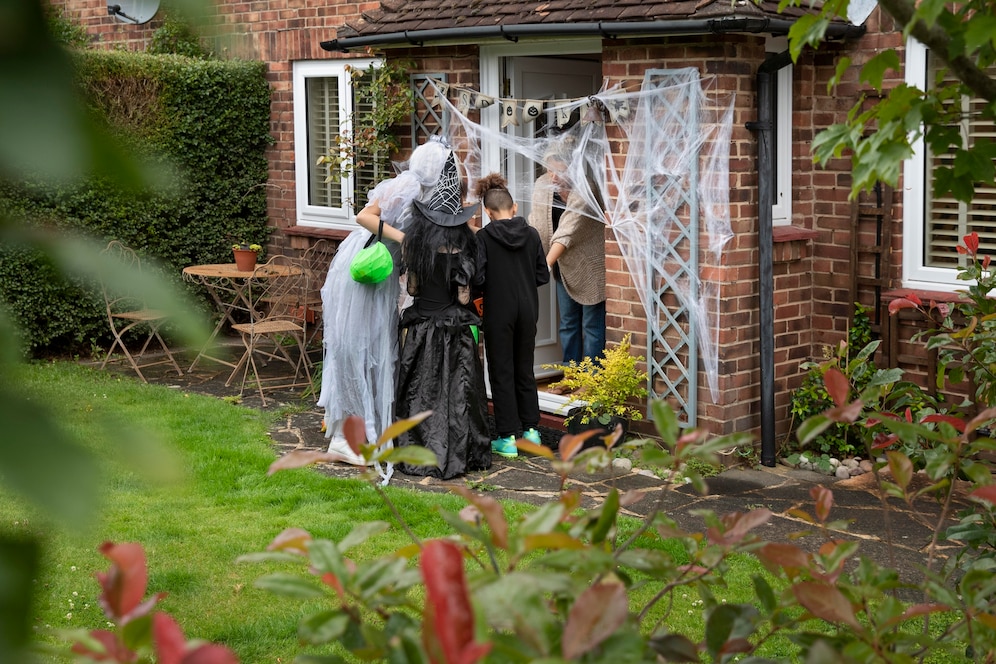Introduction
Termite treatment cost can vary widely depending on several factors, making it essential to understand what influences the price. Homeowners often face a significant financial burden when dealing with termite infestations, as these pests can cause extensive damage if not addressed promptly. Knowing the elements that contribute to the overall cost can help you budget more effectively and choose the right treatment plan.
The Size and Extent of the Infestation Significantly Affects Termite Treatment Cost
The size of the termite infestation plays a crucial role in determining the cost of treatment. A larger infestation typically requires more extensive measures, including more chemical treatments or the use of specialized equipment. Additionally, if termites have spread throughout multiple areas of the property, the cost will rise accordingly. It’s important to address termite problems early, as the longer you wait, the more costly the treatment will be.
The Type of Termite Species Present Impacts the Overall Treatment Expenses
Different species of termites may require different treatment methods, each with varying costs. For example, drywood termites often require fumigation, a method that is typically more expensive than localized treatments used for subterranean termites. Identifying the type of termite infesting your property is crucial for selecting the appropriate and cost-effective treatment. Some species are more resilient and may require repeated treatments, further increasing the overall expense.
Conclusion
Understanding the factors that influence cost of pest control services can help homeowners prepare financially and make informed decisions. The size of the infestation, the type of termite species, and the extent of damage all play significant roles in determining the final cost. Being proactive in dealing with termites can save you from more substantial expenses in the future.



Leave feedback about this